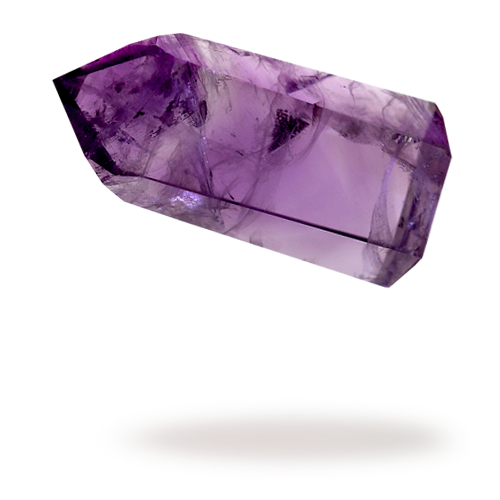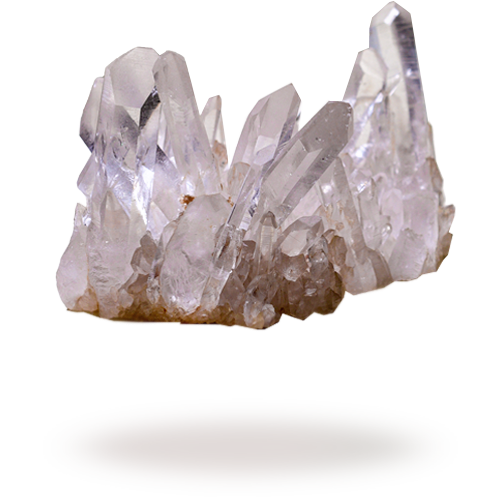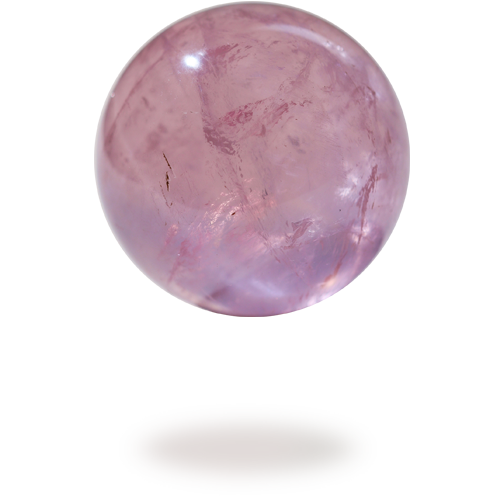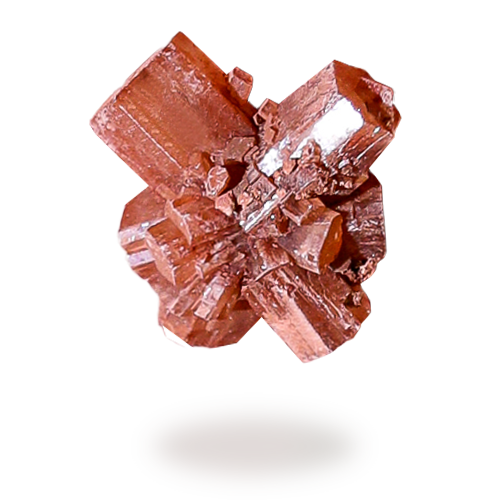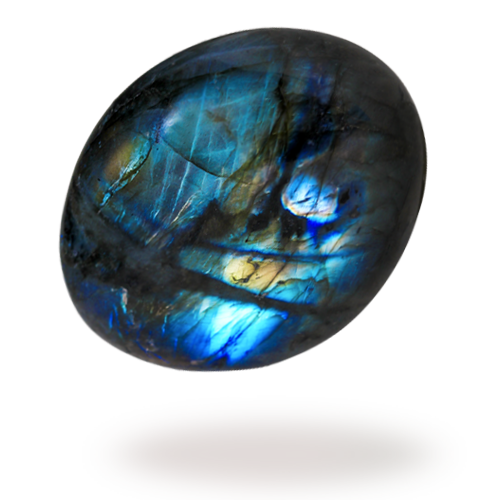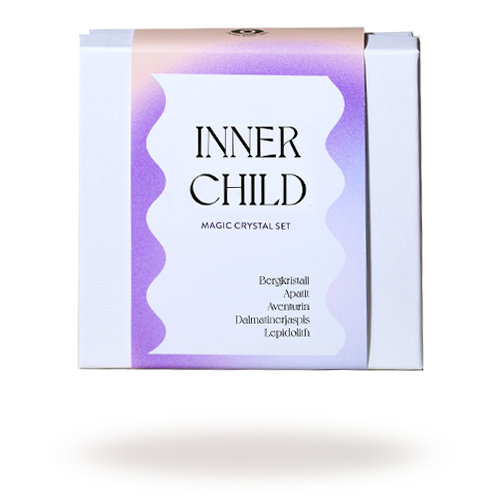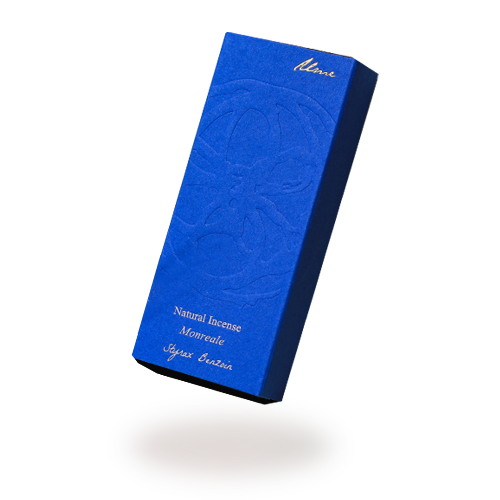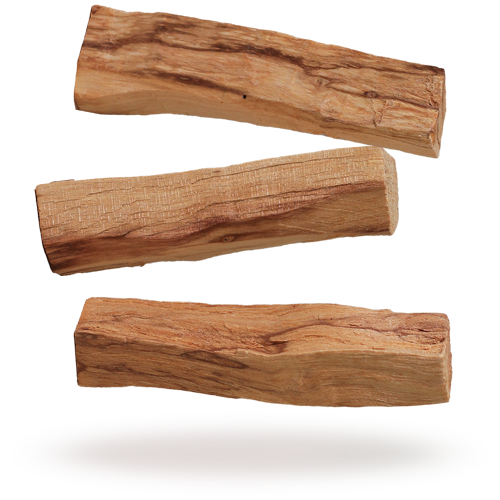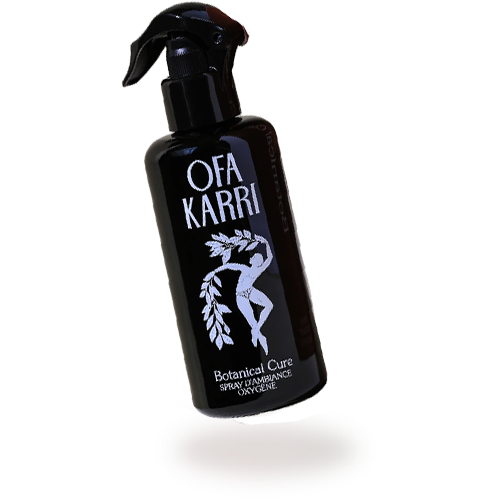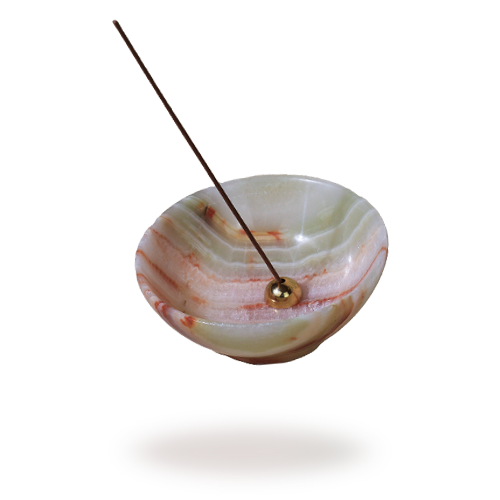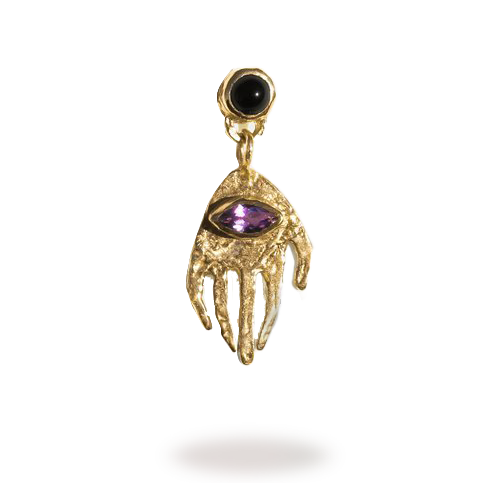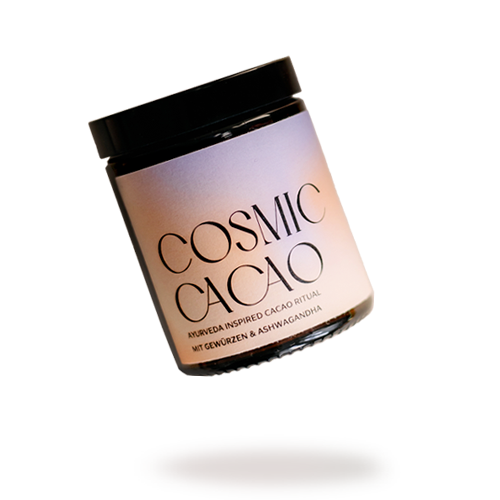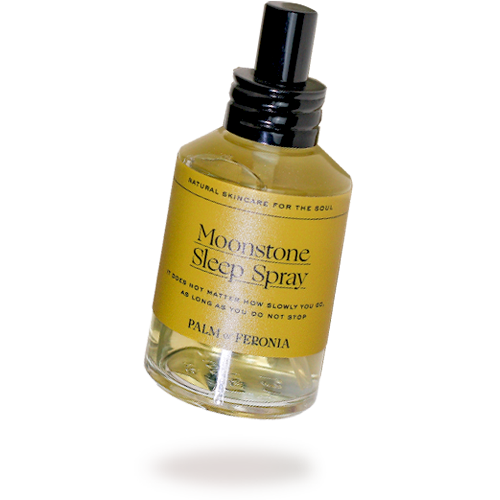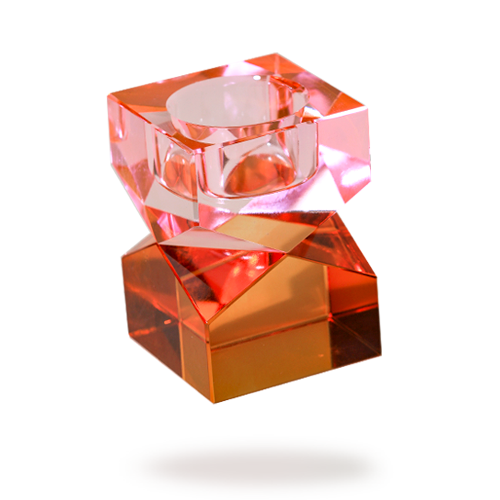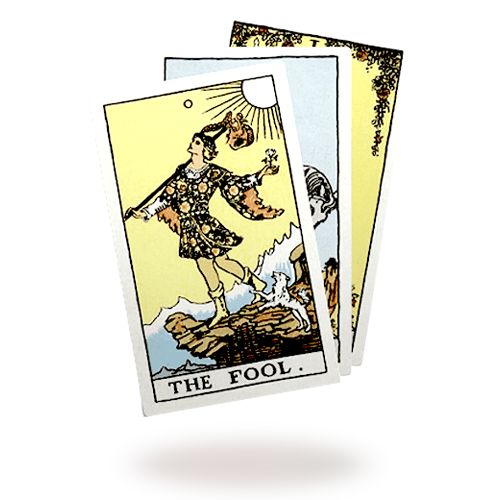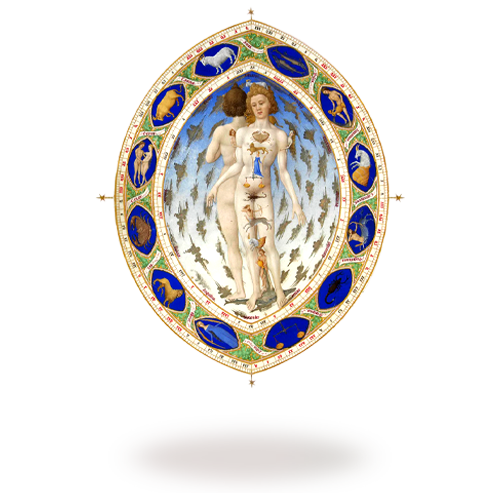Natural crystals – and how to recognize treated stones
Natural crystals: from deep red to bright purple Crystals occur in nature in every color of the rainbow - small, dazzling wonders that were created deep underground. We celebrate the facets of nature so much that we even dedicated an entire store wall to the rainbow: From violet to red, the entire spectrum can be seen here in the color gradient. So there is actually no reason to color or chemically treat crystals? Unfortunately, this is still common practice for many providers.
Artificially finished stones are one of the most common deceptions on the market: crystals are colored to mimic other crystals or to enhance inferior specimens. These fakes are not always easy for collectors to spot, which is why it is advisable to buy from trusted dealers. Unfortunately, many shops offer a mix of treated, natural and even completely artificial stones.
As one of the few brands in Europe that does not stock treated crystals, we would be happy to show you how you can expose one or two deceptive packages yourself. The most common artificially treated crystals (and how to recognize them) Artificially treated citrine is not easy for collectors to recognize, which is why we generally avoid treated citrine in our range and only offer the valuable and rare natural citrine. But: 90% of the citrines available on the market are fake. The base for the fake crystal is another crystal: usually amethyst, which has been heat treated. Through irradiation, a rock crystal can imitate the appearance of citrine.
